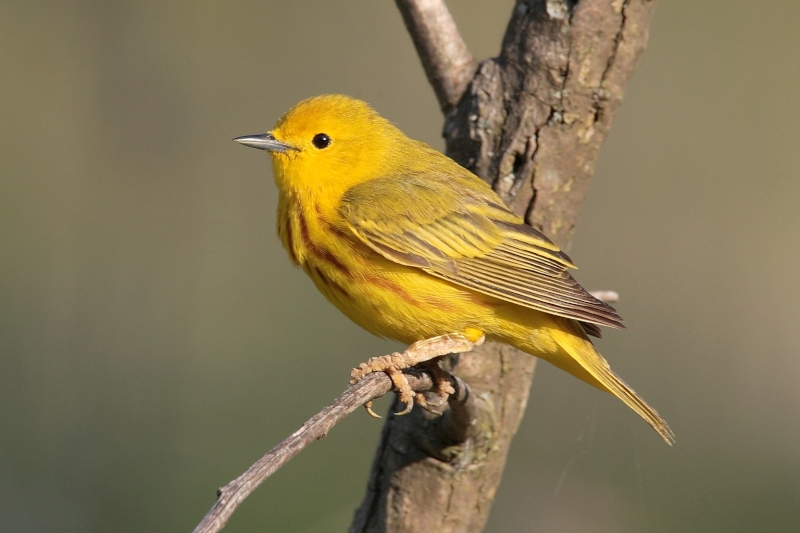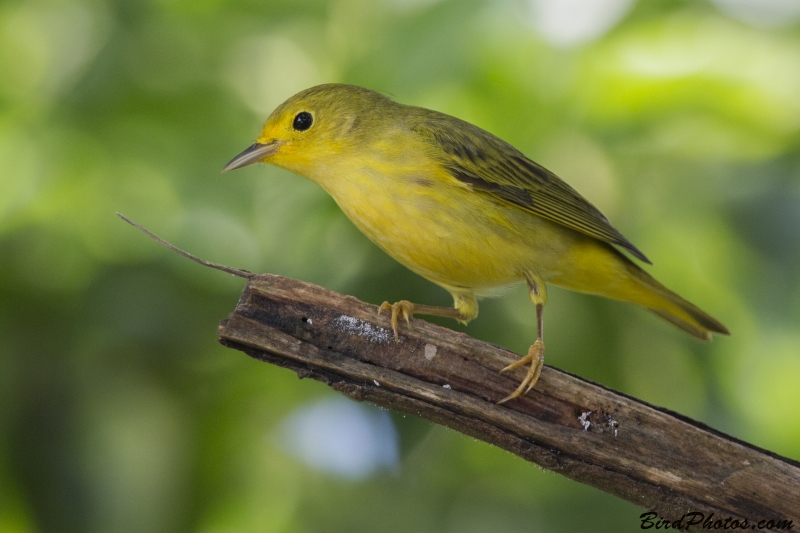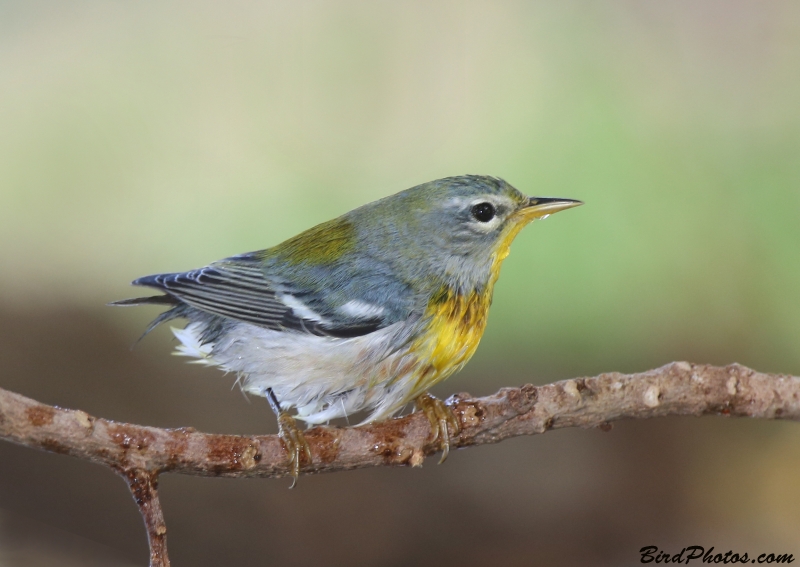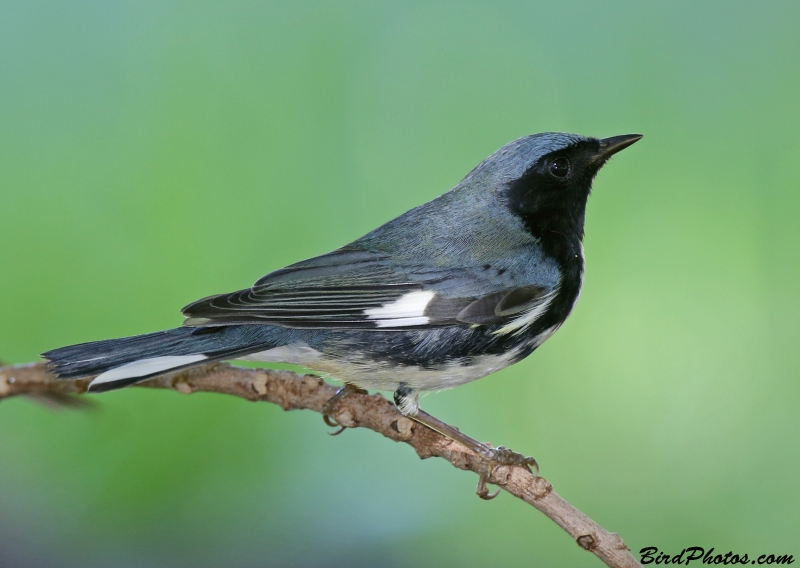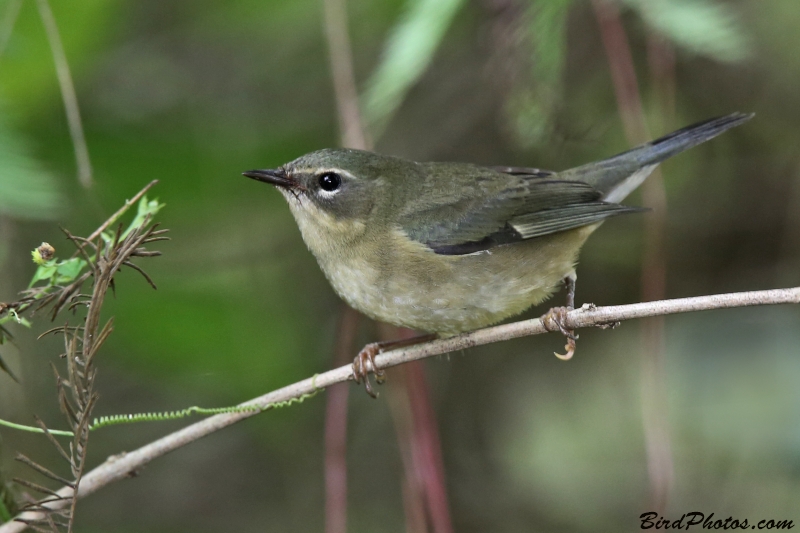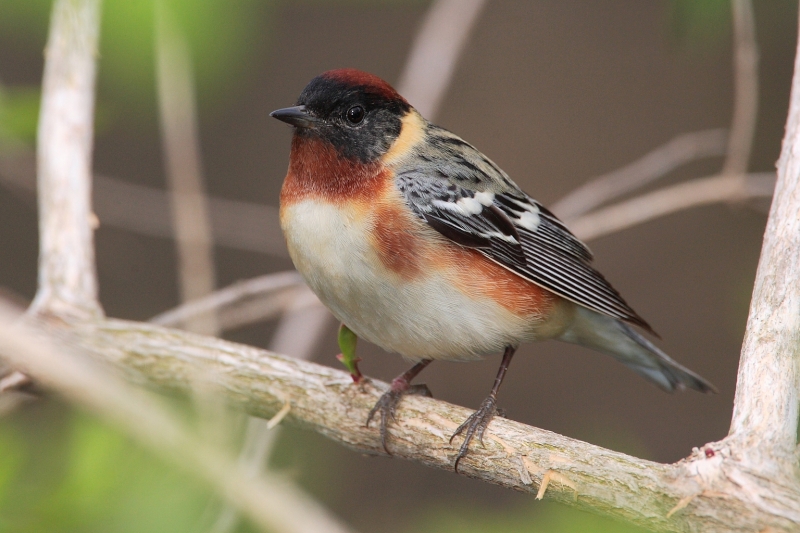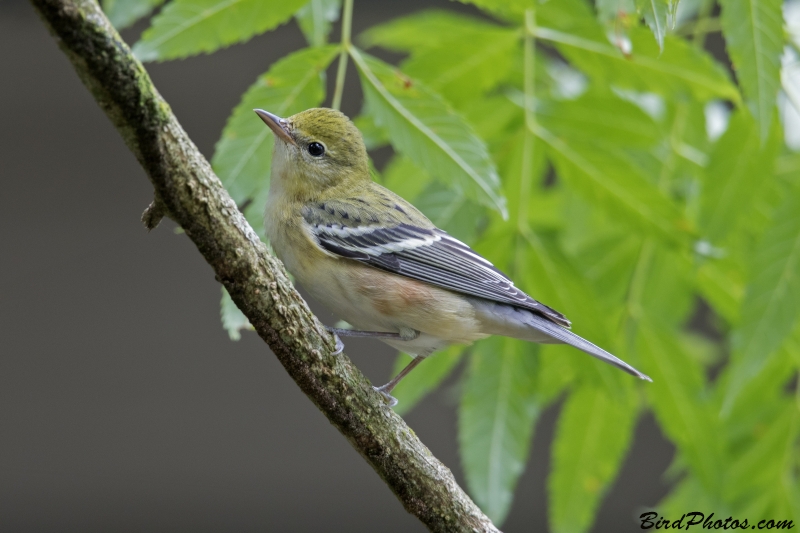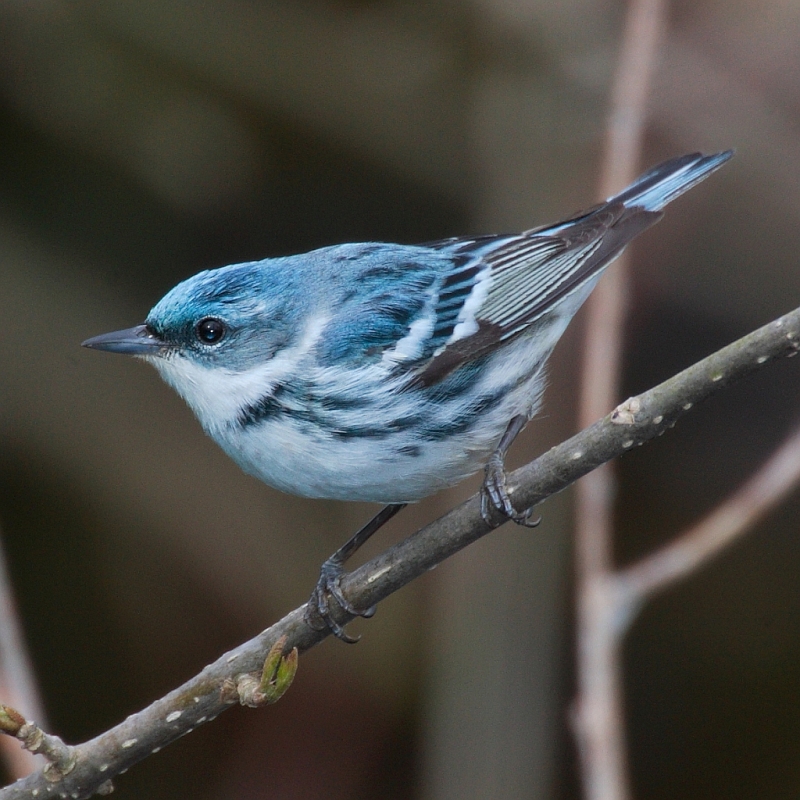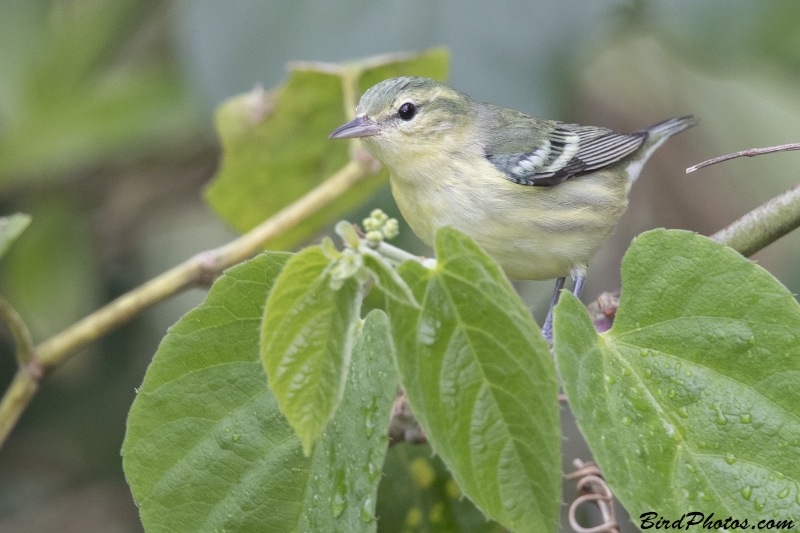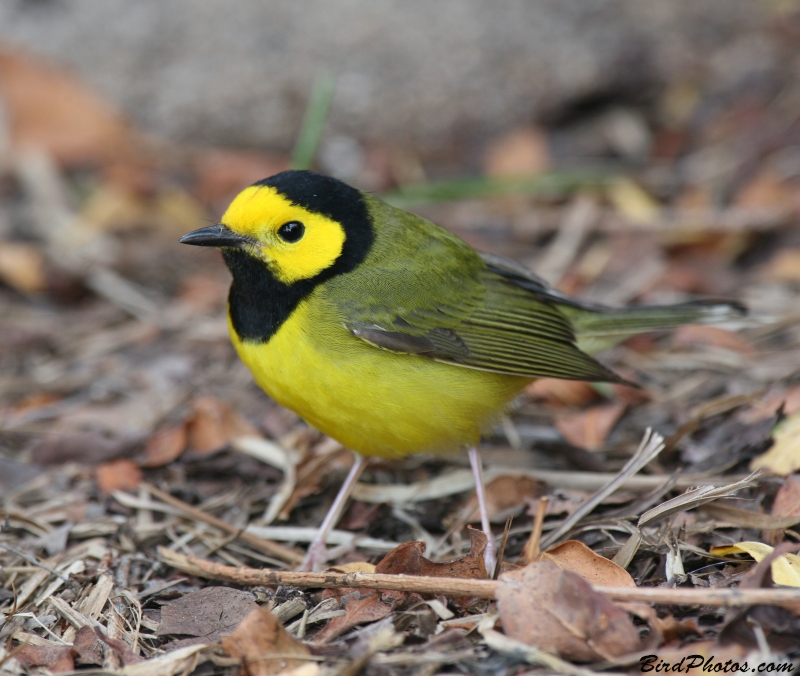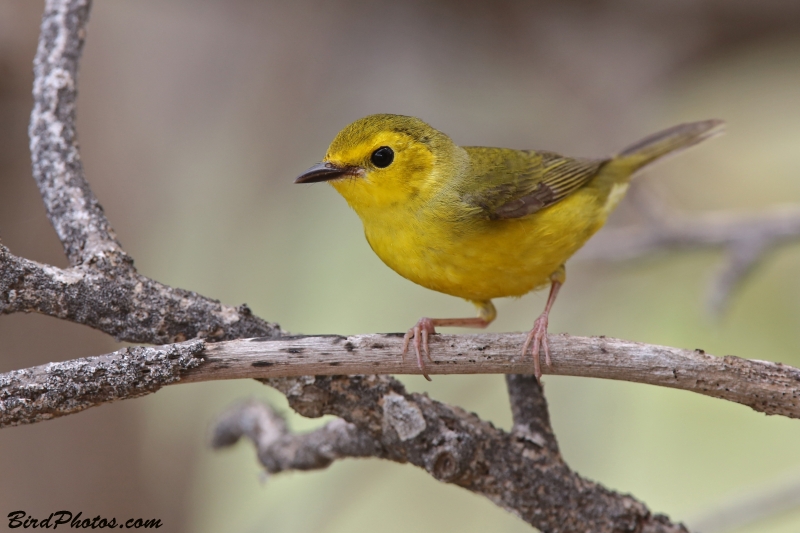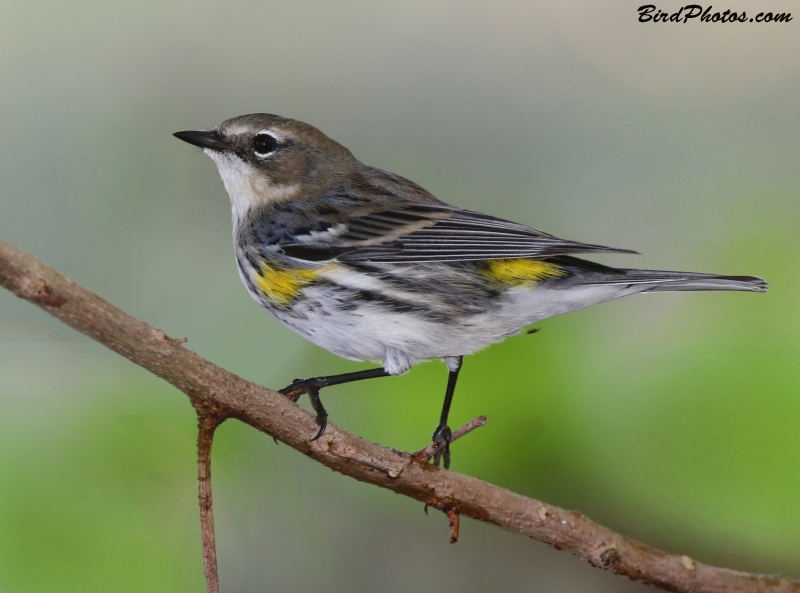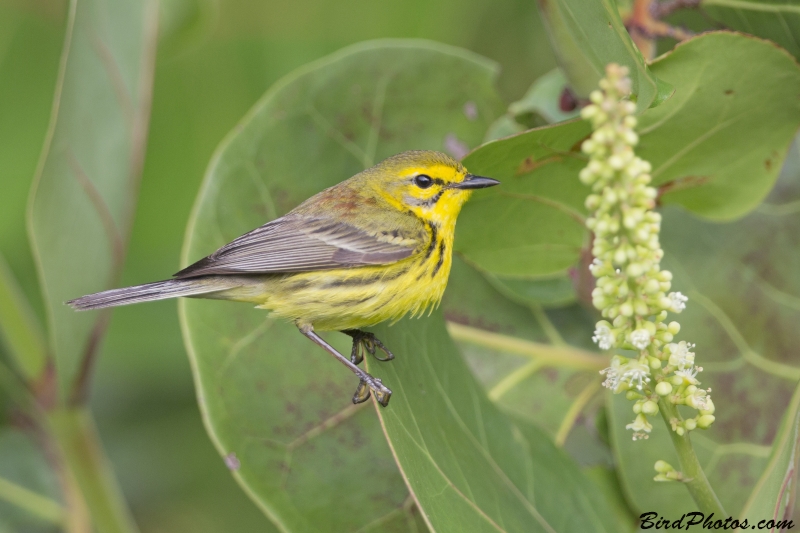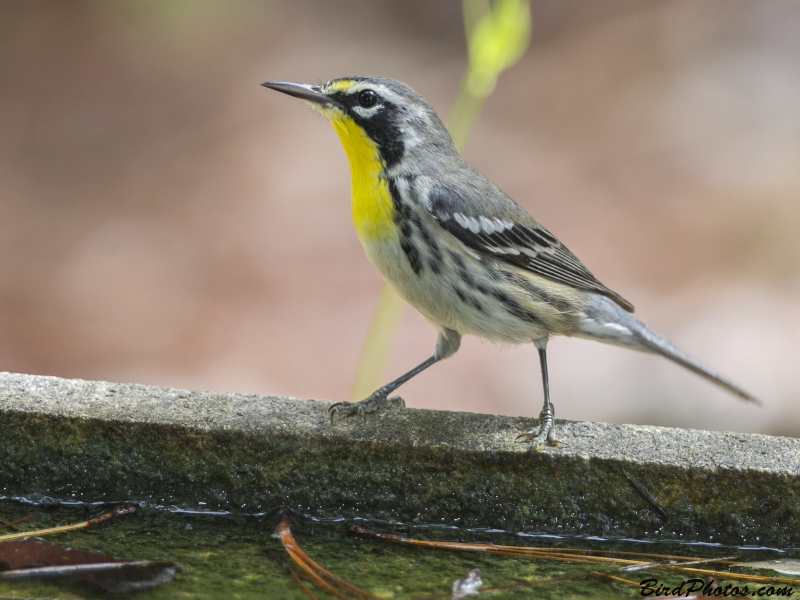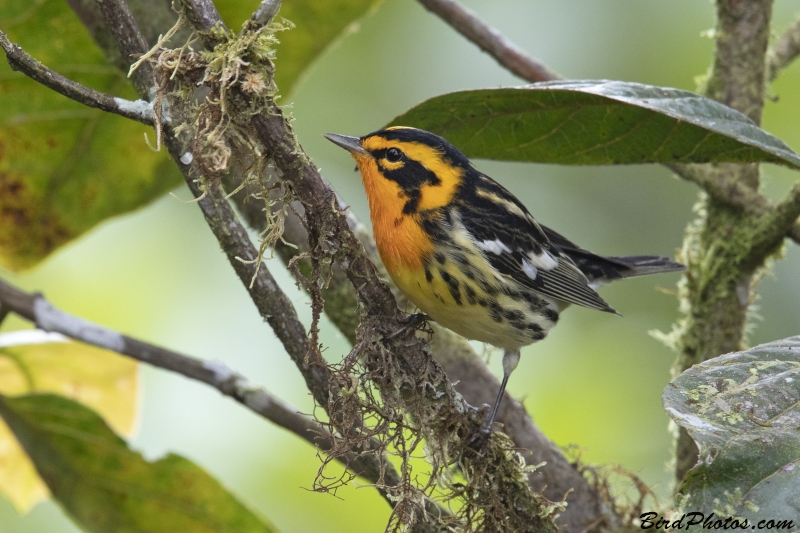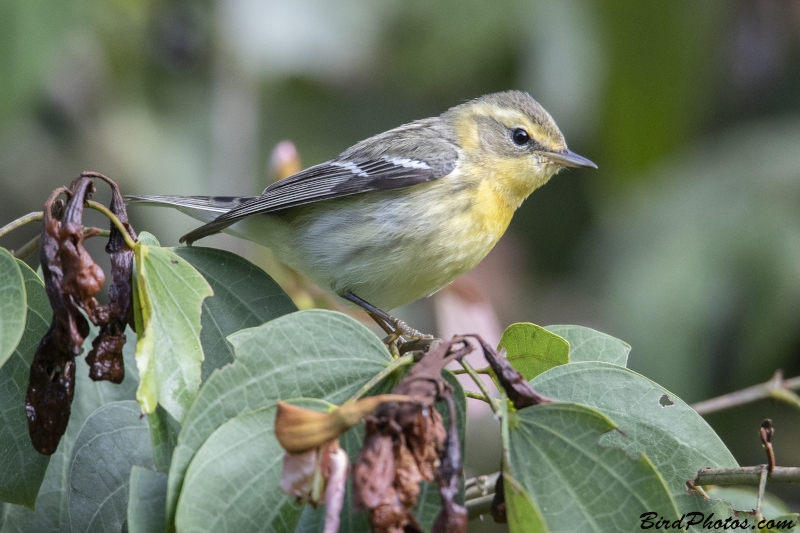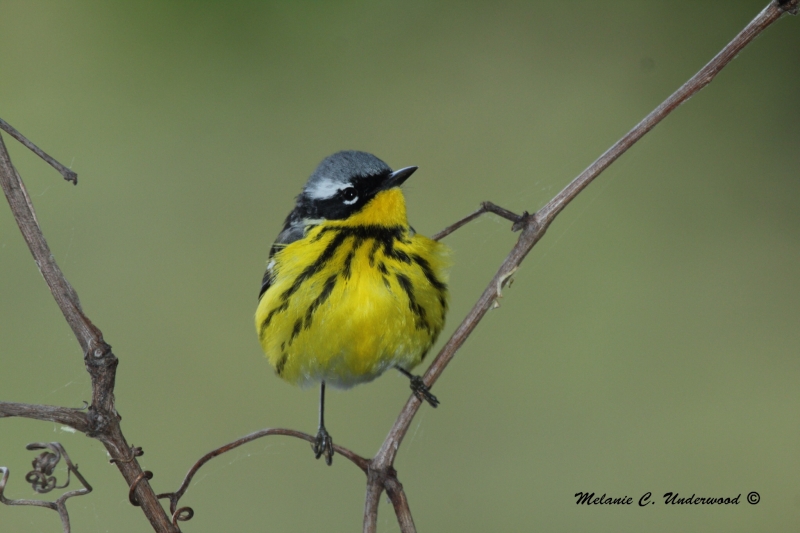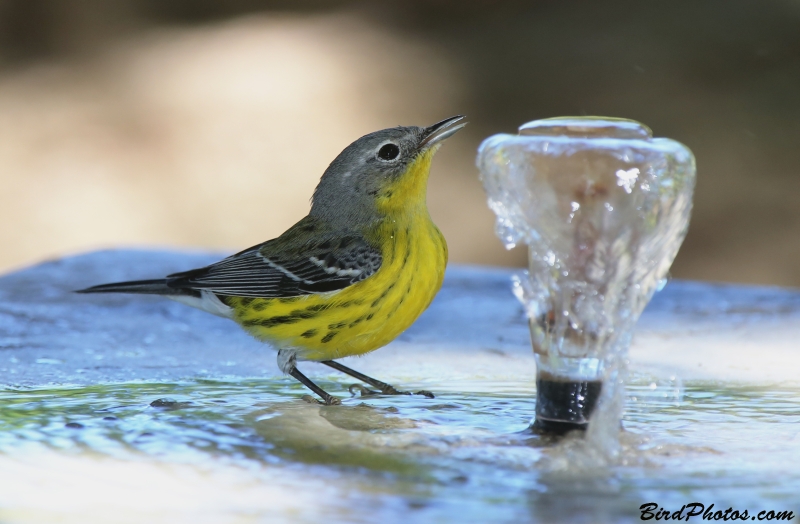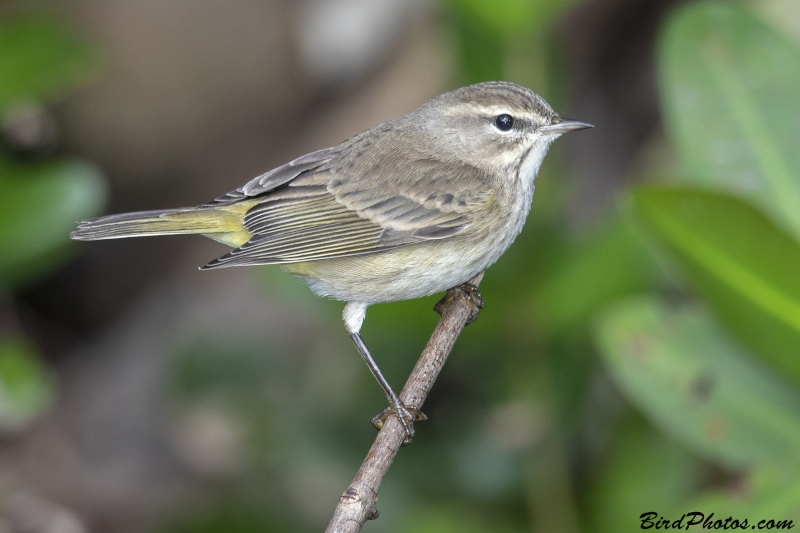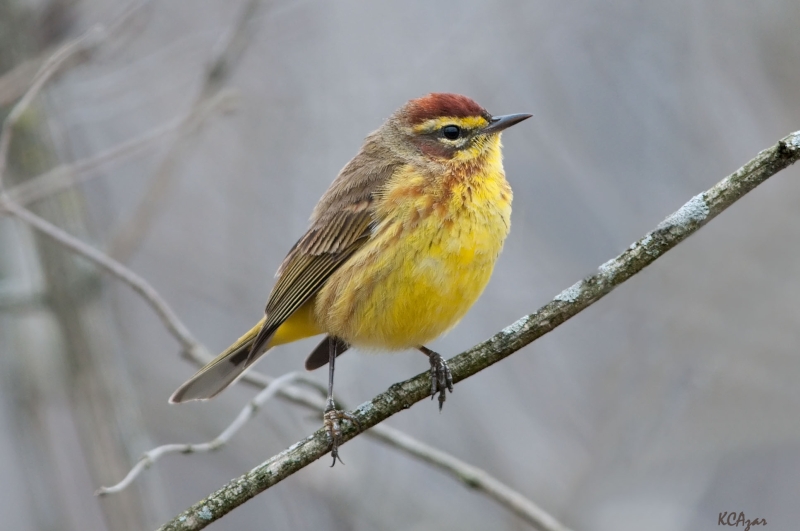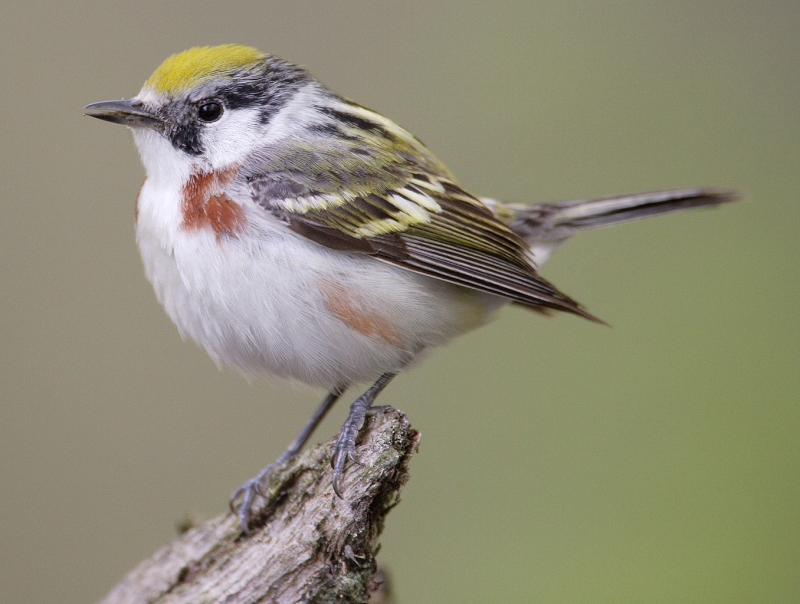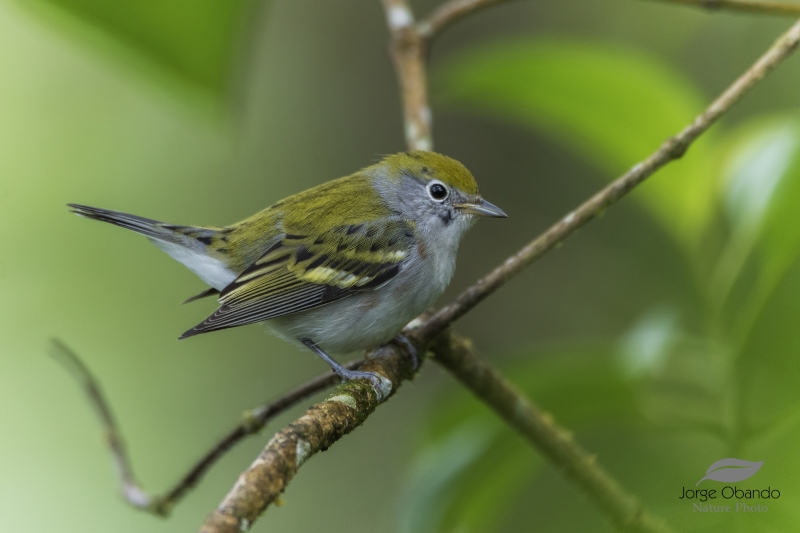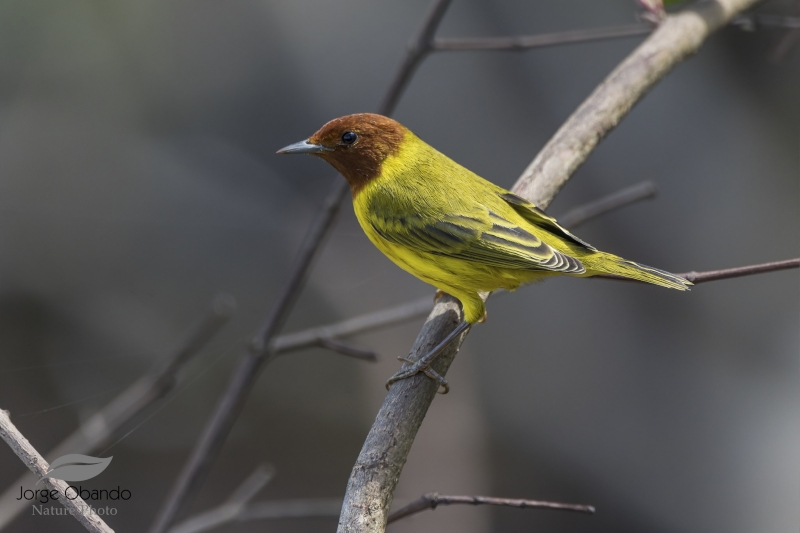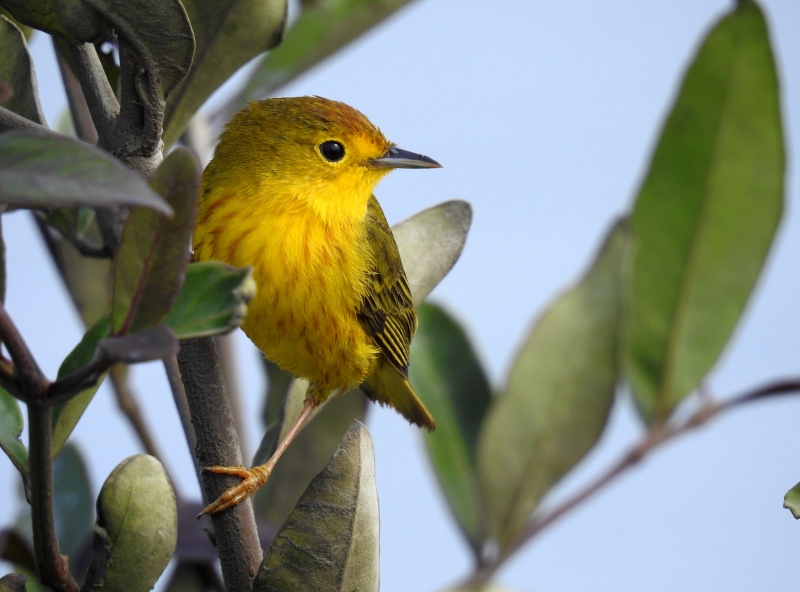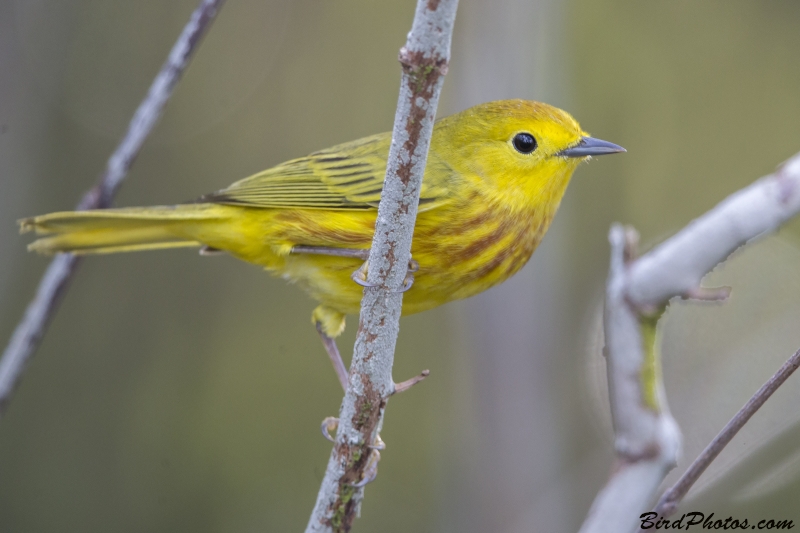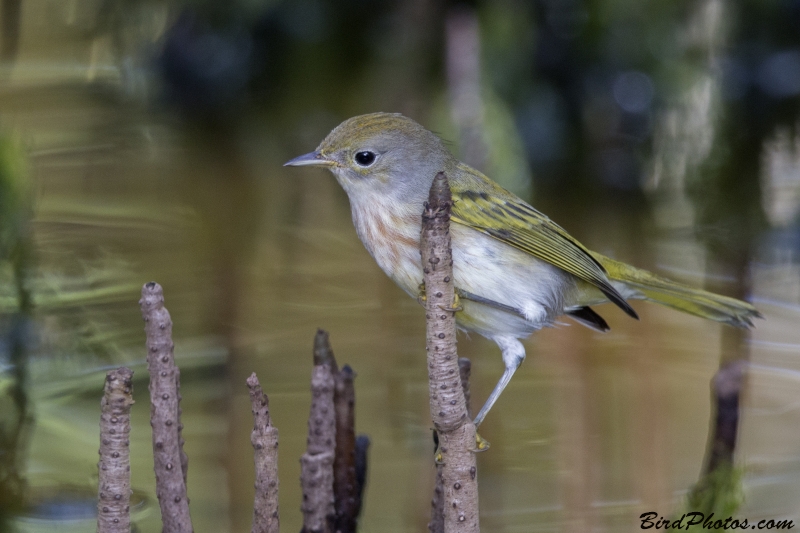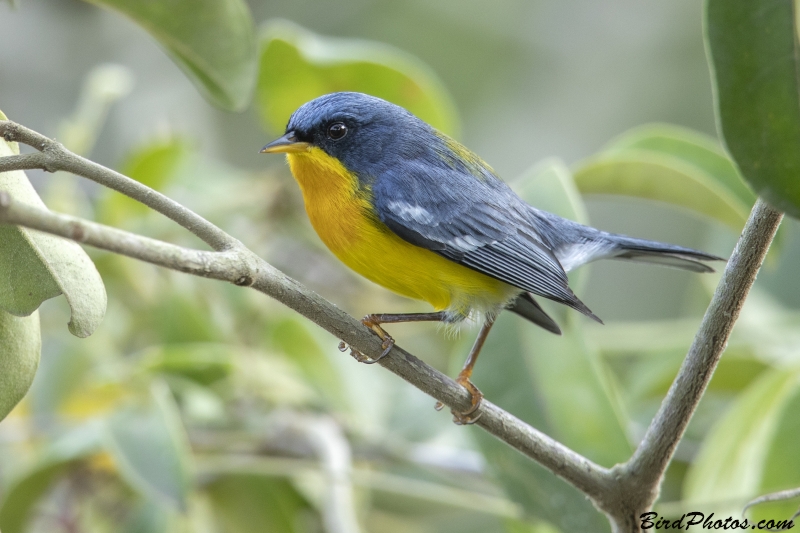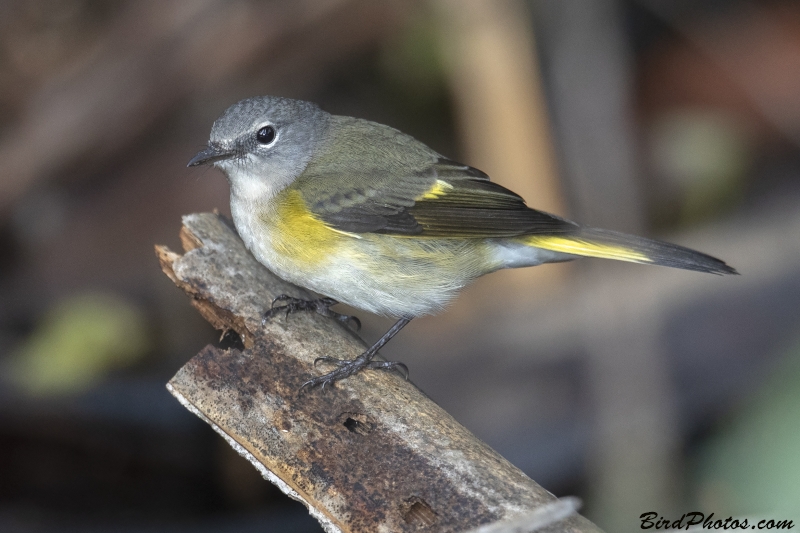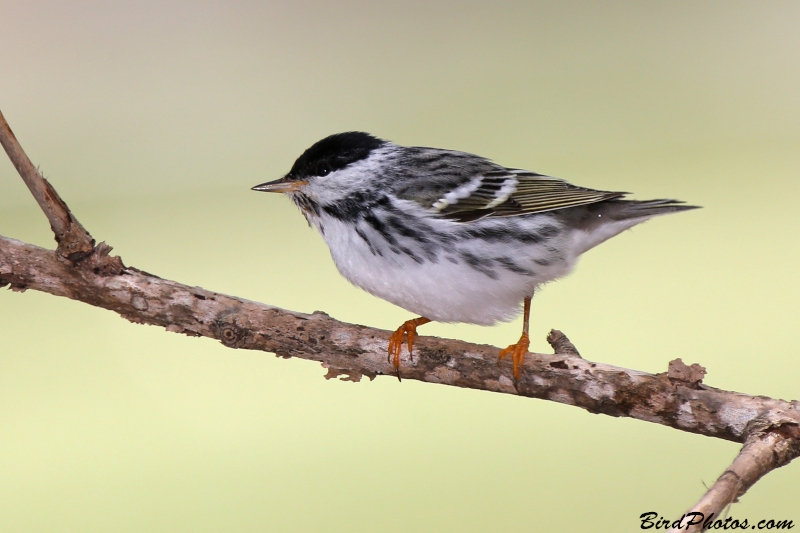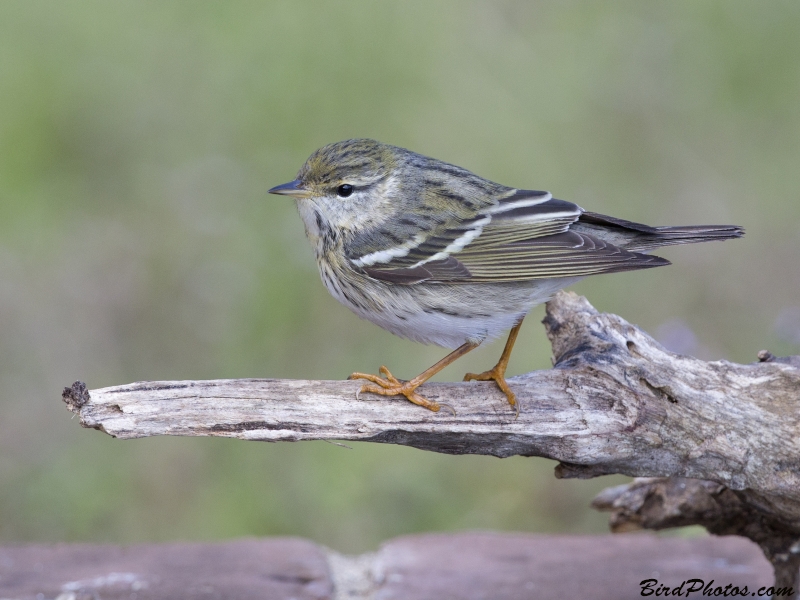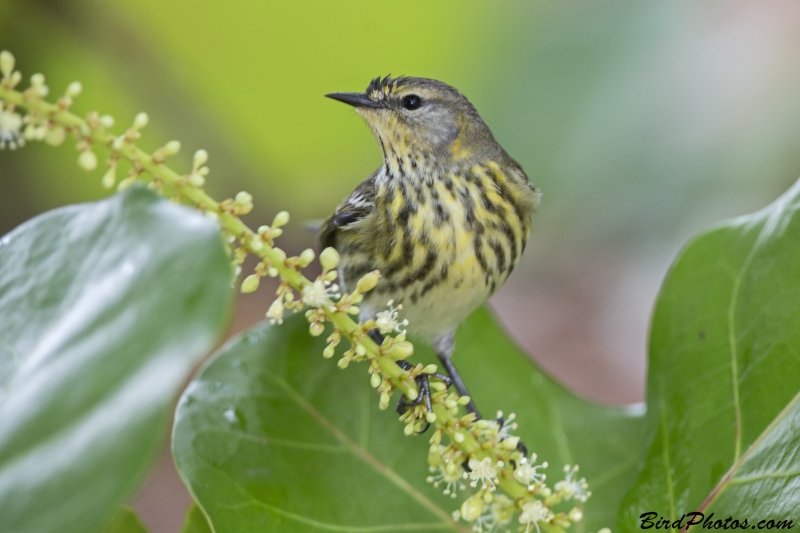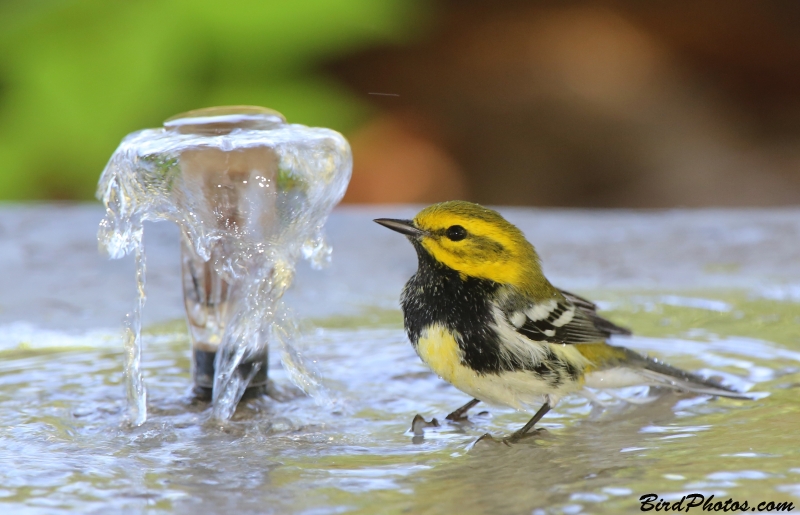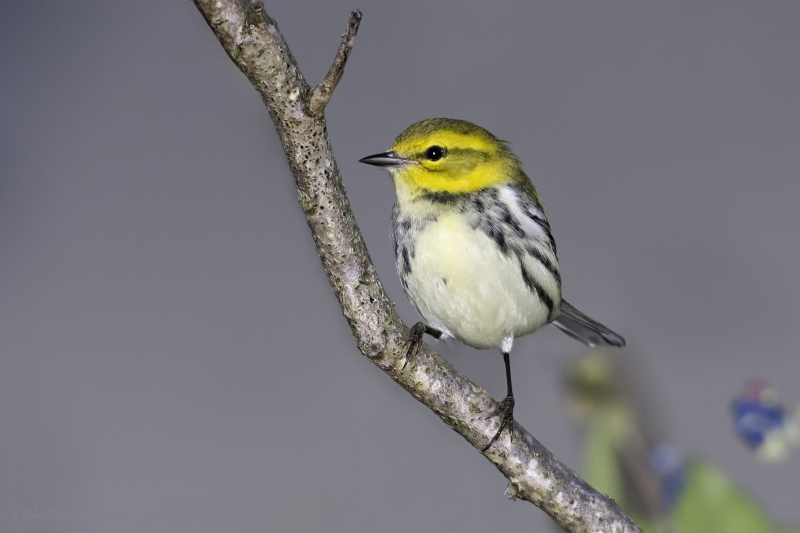Northern migrant. | ||||||||||||
Northern migrant. Immature. | ||||||
Northern migrant. A female eating a fig for energy during migration. | ||||||||||||
Northern migrant. The female/immature is a bit similar to an immature Blackpoll Warbler, which have orange legs except very young birds. The Bay-breasted female is also more yellow and less olive, and may show hints of the male color, which confirms the identification. A female or immature male. | ||||||||||||
Northern migrant. Rare and local. | ||||||||||||
Northern migrant. Uncommon. | ||||||||||||
Northern migrant. Myrtle Warbler is the east coast (North America) version of the Yellow-rumped Warbler. On the west coast it has a yellow throat and is called Audubon's Warbler. In Colombia found on Isla San Andrés. | ||||||
| ||||||
Latest DNA analysis says closest relative is Myrtle Warbler (HBW). Migrates south from southeast USA to Central America (Isla San Andres in Colombia). | ||||||
Northern migrant. Seen in the Andes in large numbers up to 3200 meters. Male in breeding plumage have bright orange colors, while non-breeding females are very pale. | ||||||||||||
Northern migrant. | ||||||||||||
Northern migrant. Seen in small groups close to the ground, and is always lifting its tail. The eastern subspecies is less yellow. | ||||||||||||
Northern migrant. | ||||||||||||
A non-migratory version of the Yellow Warbler with many subspecies. Usually found in mangroves. | ||||||||||||||||||||||||
Non-migratory. A small warbler found in all of the tropics, but often not common. Note green on back. | ||||||
Northern migrant. Often spreads tail feathers. Immature or non-breeding male with tail open. | ||||||||||||
Northern migrant. Orange legs distinctive. Immature looks much like an immature or female Bay-breasted Warbler before it shows 'bay' color. | ||||||||||||
Northern migrant. An aggressive little warbler that chases other species away from territory. | ||||||||||||
Northern migrant. | ||||||||||||
